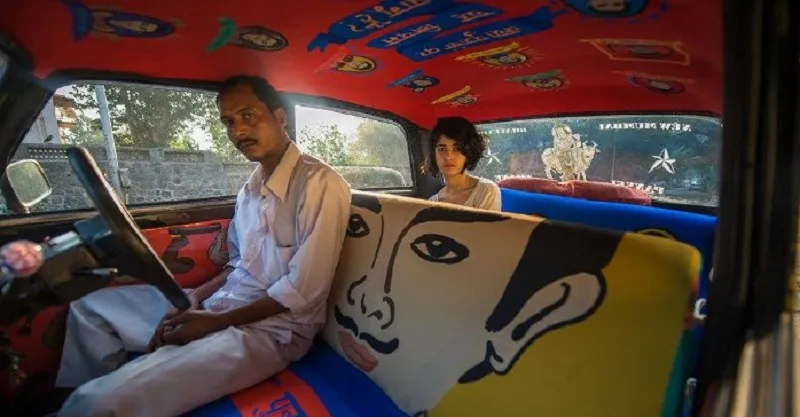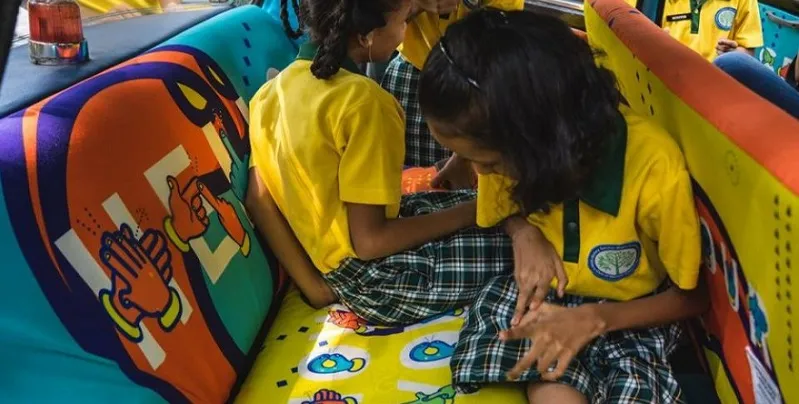How this entrepreneur designed taxi and auto fabrics to enter the Forbes’ Under 30 list
A one-of-its-kind art project is bringing together talented designers and giving them a canvas in the most unlikely of places – the interiors of taxis and auto-rickshaws. Mumbai-based Taxi Fabric, spear-headed by Sanket Avlani, is upholstering the city’s taxis and auto-rickshaws with Mumbai-inspired designs and giving them a sassy makeover. And now, Sanket has found a place in the Forbes’ 30 Under 30 list.

The Taxi Fabric project, says its website, “is about creating a space for designers to show off their ideas and talent.” Taxis in India, and particularly in Mumbai, as anyone will vouch, are not only the most convenient form of transport but are also an iconic part of the city’s culture. Seeing this, Taxi Fabric decided to connect designers with taxi drivers.

 Image: Linkedin[/caption]
Image: Linkedin[/caption]“We wanted to up the taxi-driver’s image. Drivers loved the project. It started with the guys who would ferry me around, then extended to their friends and family. We are now encouraging our designers to bring their own guys (drivers), some of whom are quite opinionated, like about colour. One cabby wanted his favourite yellow everywhere, for instance,” Sanket told The Hindu.

 Image: Design Indaba[/caption]
Image: Design Indaba[/caption]Mumbaikars seem to be fascinated with the idea. “People are drawn to the cabs the minute they spot them. Some designs, like the Bollywood taxi, for instance, are outright more successful than the others. We dressed up the driver as Shahenshah. People loved it. When you meet this driver, he has so many stories to tell. Often, passengers make our drivers wait so they can call their friends, take pictures, do repeat rides,” said Sanket.
Taxis have been an integral part of Sanket’s life. “We did taxis because I am all about them; have always been very closely attached to them — they are part of my childhood. My dad still takes taxis, he doesn’t drive much. But we realised taxis were only one part of Mumbai. So we started working on auto-rickshaws too. We did one, and got emails from around the country. Then we realised it is not the taxi, but the auto-rickshaw that is the lifeline of the country. Our next logical stop will be Bengaluru or Delhi.”
“People look at us differently now, write emails differently; they are coming to us with ideas that are financially engaging. Up until now, we were a non-profit, but we are trying to change that. A lot of big brands have been approaching us, and not merely to collaborate.”
To stay updated with more positive news, please connect with us on Facebook and Twitter.







